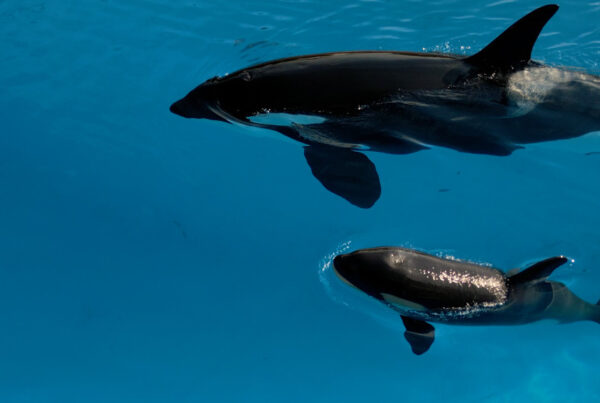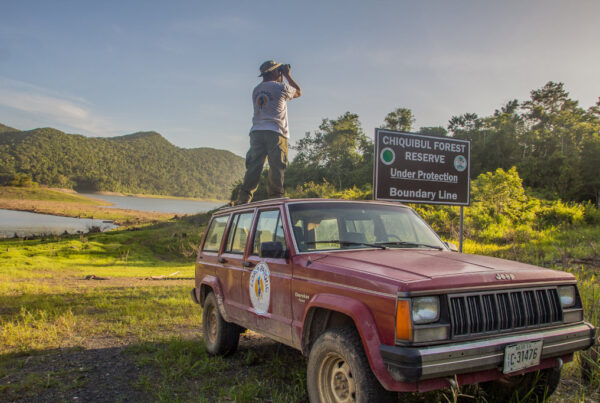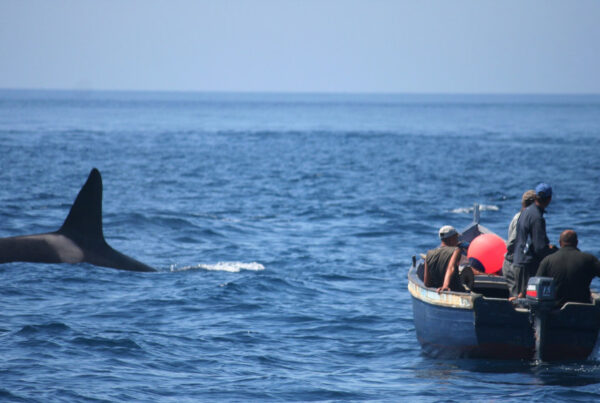
| Category | Completed |
| Date | 2003 |
| Investment | 951.174$ |
LPF has been working since 2003 to learn about and protect the Fuertes’s Parrot, an endangered species of the Andes region with less than 400 specimens in the wild.
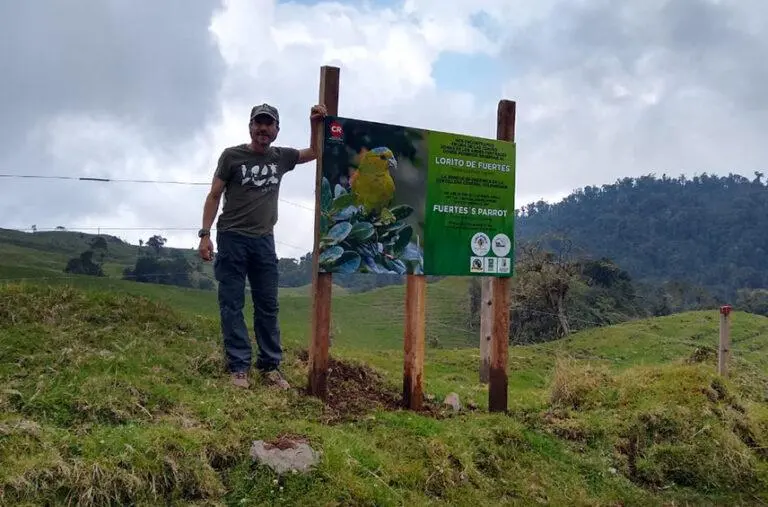
Fuertes’ Parrot
Monitoring of a new population of the indigo-winged parrot
Hapalopsittaca fuertesii, listed as Endangered by the IUCN, has a very restricted range on the western slopes of the central Andes of Colombia in the departments of Quindío, Risaralda, and Tolima, inhabiting Andean Forest at 2600-3800 m altitude, but mainly at 2900-3150 m altitude. Fuertes’s Parrot is restricted to mature montane cloud forest but is sometimes seen at forest edges or in transformed habitats. Often found in pairs or in groups of up to 10 individuals, it is described as inconspicuous, not very vocal. It breeds in tree cavities, nesting from January to May, and post-hatching care is biparental.
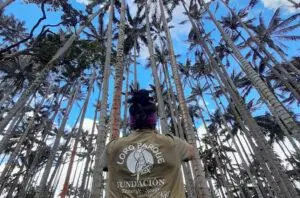
The population of Fuertes’s Parrot clearly declined in the past, at the time of rediscovery in 2002 it was estimated at only around 60 individuals. In 2010, the recorded population consisted of 164 individuals and in 2019 the total population was estimated at 180-200 individuals, i.e., in the last ten years, the population increased by 10-25%.
Conservation efforts that have included habitat protection, provision of artificial nest boxes and awareness-raising work with the local community through environmental education workshops in schools, together with the initiative to declare the bird as the emblematic bird of the municipality of Risaralda, have led to an improvement in the status of this species, however continued conservation efforts are needed.
BLOG
News

